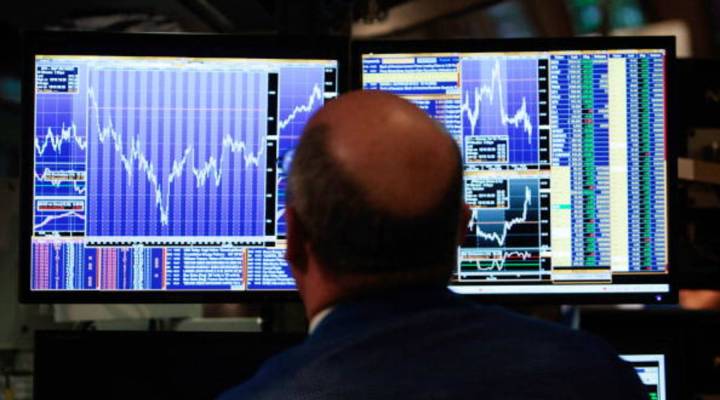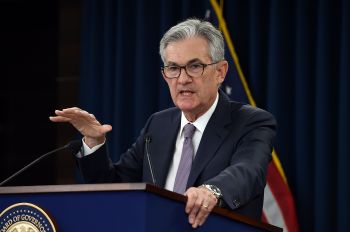
Fed to banks: Get a bigger rainy-day fund

The Federal Reserve said today that it wants to “strengthen the liquidity positions of large financial institutions.” In everyday language, the Fed wants banks to have a lot more cash on hand than they do right now, in case of an emergency. Like an emergency fund. Or the air bag in a car.
Banks don’t usually have much cash lying around in their vaults, since they prefer to lend it out to people and earn interest on it. The only thing that cash in a vault accumulates is dust. But just like any other business, banks need cash to run their businesses. They need to make payroll, make bond payments, settle lawsuits.
But rather than have cash on hand to do those things, banks prefer to borrow the money … from other banks.
In order for one bank to lend to another, the lending bank has to trust that the borrower bank will be able to pay it back. And if the lender doesn’t trust the borrower, he won’t lend. And that leaves the wanna-be borrower with a liquidity crisis.
Trust can break down between banks for any number of reasons. Maybe the lender bank’s been tipped off that the wannabe borrower has bought too many toxic assets. Or maybe there’s a rumor that a big fund owned by the wannabe borrower is about to go bust.
There may be some truth to this … or there may be none. But all it takes is the whiff of a problem for the money to dry up. And without money coming in the door, a bank can’t send money out the door. And if it doesn’t send money out the door, the bank goes bust.
The Fed doesn’t want banks to go bust.
So it’s come up with an idea.
Banks will have to estimate how much cash is going to go out the door during a short-term period of stress, and based on that, it will have to hold a certain amount of cash on hand. That will essentially allow a bank to operate on its own, without borrowing from other banks, for a certain period of time.
Does this mean that bank robbers are now feverishly working out plans to tunnel into the Bank of New York from the crypt of Trinity Church? Hardly. By cash, the Fed doesn’t mean bank notes necessarily, it means stuff that can be converted into cash very easily and quickly. Like Treasury debt, commercial paper, shares of blue chip companies and the like.
There’s a lot happening in the world. Through it all, Marketplace is here for you.
You rely on Marketplace to break down the world’s events and tell you how it affects you in a fact-based, approachable way. We rely on your financial support to keep making that possible.
Your donation today powers the independent journalism that you rely on. For just $5/month, you can help sustain Marketplace so we can keep reporting on the things that matter to you.


















